Rupert Clarke dreams of walkable sustainable village for Clarkefield
CLARKEFIELD farmer Rupert Clarke wants council support to build a walkable village in land near the town’s train station.
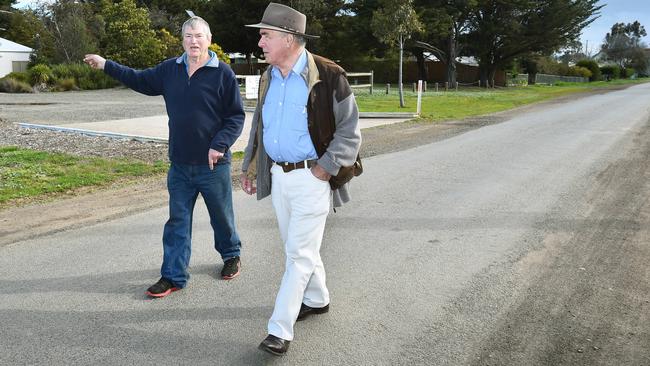
North West
Don't miss out on the headlines from North West. Followed categories will be added to My News.
CLARKEFIELD farmer Rupert Clarke wants Macedon Ranges Council’s support to build a walkable village in land near the town’s existing train station.
Mr Clarke, a fourth-generation direct descendant of grazier William Clarke, who established the area in 1860, said he wanted Clarkefield to become a sustainable region.
He owns more than 2000ha of land as part of his Bolindavale property, and started work on a Clarkefield Township Development Plan in 2010.
“There are 13 historic staff houses and buildings on Bolindavale and it’s a tricky property to assess under modern zoning,” he said.
“As a business the farm economically is equivalent to a family owning a gravel truck — with the land here there are limitations on what we can grow.”
CLARKEFIELD PRIMARY SCHOOL FUTURE IN DOUBT
‘HAUNTED’ COACH AND HORSES INN ONE FOR HISTORY BOOKS
PASSIONATE CLARKEFIELD EGG FARMER LAUNCHES CAMPAIGN
In May, his consultants released the Clarkefield Township Feasibility Study for Western Water. It explored the cost of providing potable water and sewerage to landholders under two development scenarios – the 399 lots proposed by Mr Clarke and the approximate 100 lots already zoned residential in Clarkefield.
But with cost to provide water coming in at between $60,000 and $70,000 for the smaller development, it was unviable, at least until the council signalled it would support the larger proposal.
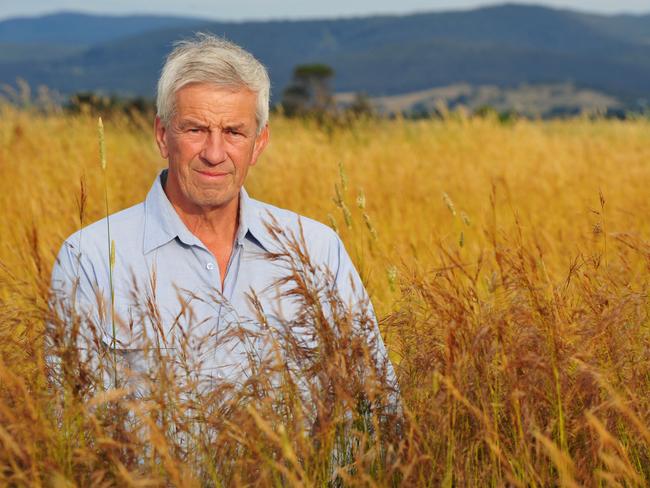
“I wanted to do something different and develop a European-style walkable village – these days there are a lot of focus around building residential communities around public transport,” he said.
“I don’t want to make Clarkefield too big, and with one titleholder, in theory, the development is a lot simpler to accomplish, but Clarkefield has always had a bit of an uphill battle.”
Mr Clarke said he’d like to offer affordable housing with a mix of property sizes.
There are also plans for a small supermarket and petrol station, while a larger Clarkefield Primary School site is also proposed. But with the costs of tacking onto water and sewerage networks in Riddells Creek and the larger Gisborne network, Mr Clarke wants assurances he will be able to develop the larger site. The latest report has been sent to the council, the latest in many briefings with the shire.
Riddells Creek’s John Williamson, who would build and operate the supermarket in the proposed expansion of Clarkefield, said the development would give the village a viable future.
Mr Williamson, who established the Foodworks store in Gisborne 40 years ago and now owns and runs the Riddells Creek supermarket, said uncertainty over the current primary school was another frustrating consequence of a lengthy planning process.
Enrolments at the school have plummeted from the 30s to just six.
“Clarkefield has been discussed as an area suitable for residential development since the old Romsey Shire days,” Mr Williamson said.
“Progress has gone backwards and forwards – there needs to be a direction and support from the council.”
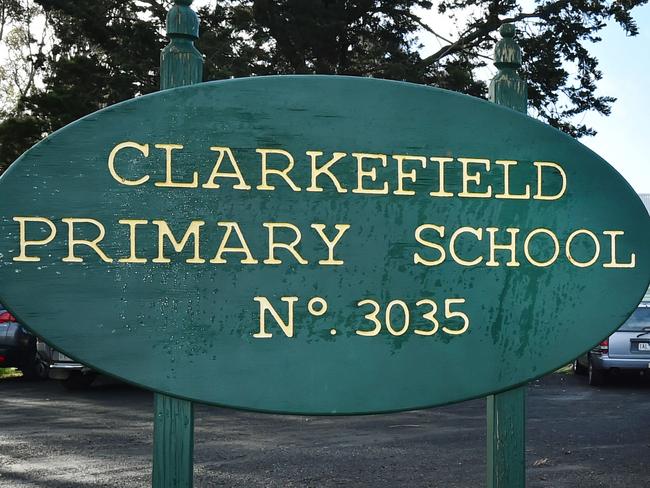
CLARKEFIELD PRIMARY SCHOOL FUTURE IN DOUBT
The proposed development would be 3km further north to the boundary of the Sunbury North Precinct Structure Plan.
The council’s planning and environment director Sophie Segafredo confirmed the council has had ongoing discussions with Mr Clarke regarding his plans.
She said there was township and rural living zoned land already owned by Mr Clarke with “the potential for immediate development”.
But with the council’s focus on completing several township structure plans, it has no process focused on exploring further development opportunities in Clarkefield.
“The settlement strategy directs development to areas and townships with existing infrastructure and social infrastructure,” she said.
“Clarkefield has very limited infrastructure but does have the station, a primary school across the road, a playing field and pub.
“We will continue to monitor how residential growth is occurring across the shire and, for example, we know there has been significant demand in Romsey.”
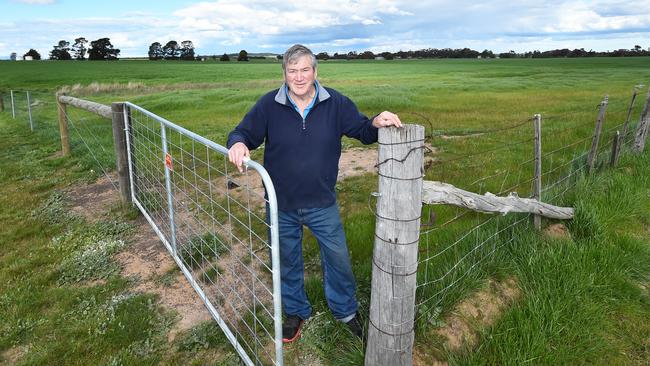
SUPPORT FROM CLARKEFIELD LOCALS
CLARKEFIELD residents and businesspeople have given the thumbs up to prospects of their village growing via a Rupert Clarke-built estate.
The welcome attitude towards growth is at odds with community perceptions elsewhere in the face of development.
In Woodend, long-term opposition to Villawood Properties’ proposed Davies Hill Estate remains despite at least two reductions in the number of lots proposed, while in Macedon a multistorey proposal on Victoria St, later rejected at VCAT, riled residents.
Objectors at council meetings usually recount stories of moving to the Macedon Ranges because of the village life and rural amenity, urging councillors to reject plans.
But should a similar proposal go to a council meeting in the future seeking a planning scheme amendment for an estate in Clarkefield, there’s every chance of more receptive public opinions.
Herb Mueller bought land on Station St in the early 1970s, building three houses.
“I think I’m the only one who’s ever developed here, but there has always been talk and I don’t have any problem with Clarkefield getting some more residents,” he said.
“When I got here the talk at the pub was in five years you won’t recognise the place, but in reality very little has changed.”
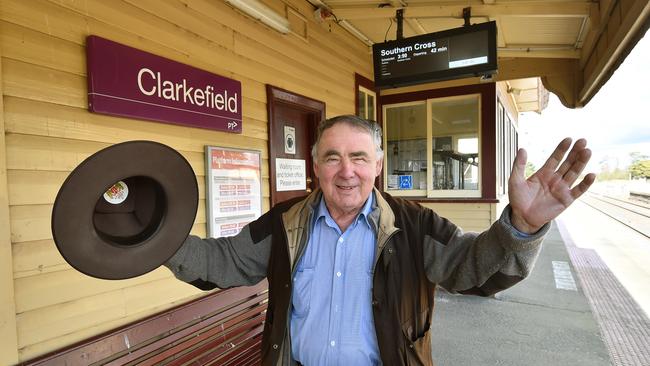
Fellow Station St resident Steve Rodwell said he and his family had continued to stay in Clarkefield hoping to subdivide.
He said he had a few visits from people hoping to buy his land in the past year, one ready to offer him twice his current land value.
“I’ve had developers bombarding me and I think it’s because they have heard about Rupert’s plans,” he said.
Mr Rodwell said upgrading the train station car park and Station St surface was essential.
“The road just can’t handle the amount of commuter traffic coming in from Romsey each morning and the buses that run from Romsey to Sunbury,” he said.
While the quiet village feel had its charms, Mr Rodwell said Clarkefield was desperately needing renewal.
“It’s always been the station and the pub and this sleepy gem, but it’s also desperate for some modernising and who better than Rupert with his family links.
“My father was the captain of the Clarkefield CFA and Rupert has always helped the brigade out, he eats at the hotel with the locals, (he drinks) in the front bar with the locals; people know him.”
Coaches and Horses Inn publican Gus Holland said he heard about the proposed development when taking out the lease.
“We are just waiting – everyone has heard about Rupert’s plans and there is a lot of support,” he said.


